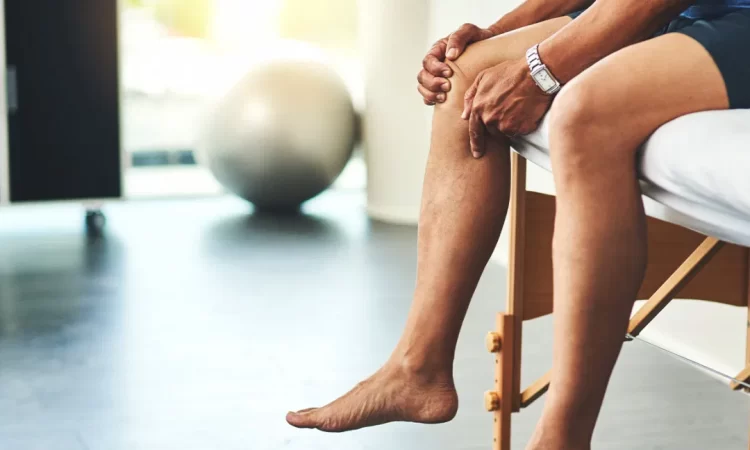
Age, weight, injuries, and other medical issues can cause joint pain. The pain can vary from mild to severe. It can hinder you from carrying on with daily activities. Treatments depend on symptoms you are experiencing and the cause of joint pain. If the cause of your Hazlet joint pain is not clear, visit your reliable health facility for diagnosis and treatment.
Causes
Arthritis is the leading cause of joint pain. There are two primary forms of arthritis; osteoarthritis (OA) and rheumatoid arthritis (RA). Joint pain in OA occurs when the cartilage that serves as a cushion and shock absorber for the joints breaks down. It mainly affects regularly used joints like wrists, hands, hips, and knees. The other form of arthritis RA commonly affects women more than men. It distorts and weakens joints over time. The body’s immune system attacks the membrane that lines the joints causing pain, inflammation, and fluid buildup. Other joint pain causes include: Injuries, lupus, gout, bursitis, infectious diseases such as influenza and hepatitis, inflammation of a tendon, and cancer.
Symptoms
The various symptoms of joint pain include stiffness, pain, limping, redness, swelling, tenderness, locking of the joint, and weakness.
Treatment
Since various factors cause joint pain, different methods are used for treatment. Treatment should attend to pain and also affect body function. The treatments include:
Medications: Over-the-counter non-steroidal anti-inflammatory drugs such as aspirin, ibuprofen, or naproxen are used to relieve joint pain with swelling. You can take acetaminophen if you have mild pain without swelling. Opioid medications are given under the doctor’s prescription if the pain is severe. Antidepressants can be used to initiate sleep in patients with joint pain.
Topical agents: You can relieve joint pain from arthritis through capsaicin, an element found in chili peppers. Capsaicin triggers the release of chemicals in your body called endorphins which block pain.
Steroids: If you have arthritis or tendinitis, they are used to reduce inflammation and swelling, although their effects are temporary.
Platelet-rich plasma therapy (PRP): PRP involves the injection of own platelets, which have an anti-inflammatory effect on the affected joint.
Prolotherapy: Injections of an irritant into joints, ligaments, and tendons are used to stimulate local healing of the injured area.
Physical therapy: The techniques used in physical therapy include ultrasound, heat therapy, electrical nerve stimulation, and manipulation. They reinforce the muscles around the joint and improve movement. You can use exercise and diet to reduce your weight although you need to do activities that will not irritate the joints.
Joint replacement: A surgeon can perform a joint surgery if other treatments do not help. Joint replacement is effective in hip, knee, and shoulder joints. If the cartilage cushions and protects the ends of the bone wears out, surgery is done to replace the joint. A surgeon implants an artificial joint to replace your removed bone.
If your joint pain persists for an extended period or has an unknown cause, visit a reliable specialist. Book an appointment with Garden State Pain & Orthopedics to help with specialized treatments that target the source of your pain.

